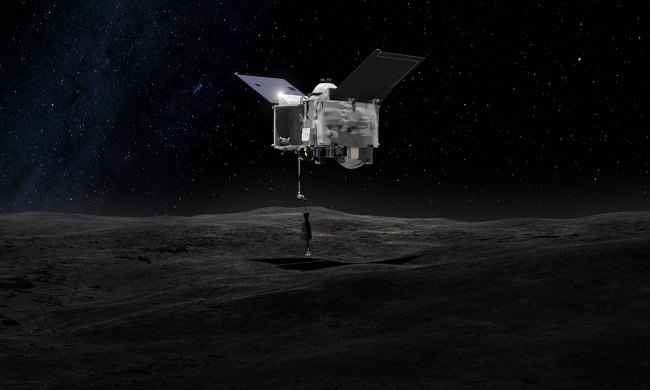Within the next decade, a spacecraft may journey to an asteroid, grab a boulder, redirect the asteroid’s orbit, and travel back to Earth with its cargo in tow. The Asteroid Redirect Mission (ARM) may sound like science fiction but it is an important part of NASA’s attempt to study near-Earth objects and test new space technologies that may help take people to Mars.
In September, the space agency began accepting proposals from private companies in its ARM Umbrella for Partnerships (ARM-UP). On Wednesday, NASA and the White House will discuss three virtual updates for the mission at the Goddard Space Flight Center in Greenbelt, Maryland. Nowhere near Greenbelt? No problem. The agency will host a Facebook Live event at 3 p.m. EST to outline its mission, conduct a Q&A, and take participants on a virtual tour of Goddard’s Robotic Operations Center.
ARM will consist of two missions — the Asteroid Redirect Robotic Mission (ARRM) and the Asteroid Redirect Crewed Mission (ARCM). Set to launch in 2021, ARRM will send a robotic vessel to an asteroid millions of miles in deep space. Once there, the probe will perform a series of flybys, surveying the asteroid for a loose boulder and suitable spot to land. After descending and capturing the boulder, the probe will take off, orbit the asteroid, and attempt to deflect its trajectory by conducting a “planetary defense demonstration.” As it sounds, such a maneuver is practice for if — rather, when — an inbound asteroid threatens Earth.
The spacecraft will eventually carry the boulder back to lunar orbit where it will rendezvous with the crewed stage of the mission. Astronauts will collect samples from the asteroid and return them to Earth for what the agency calls the biggest space haul of asteroid matter.
ARM is by no means NASA’s only asteroid exploration mission. Last week, the agency launched the $800 million OSIRIS-REx probe, which stands out as the first spacecraft specifically designed to collect and return asteroid material. If all goes as planned, the probe will return to Earth with its payload in September 2023.


